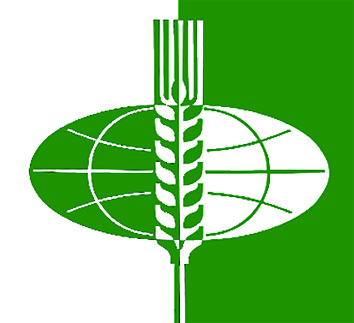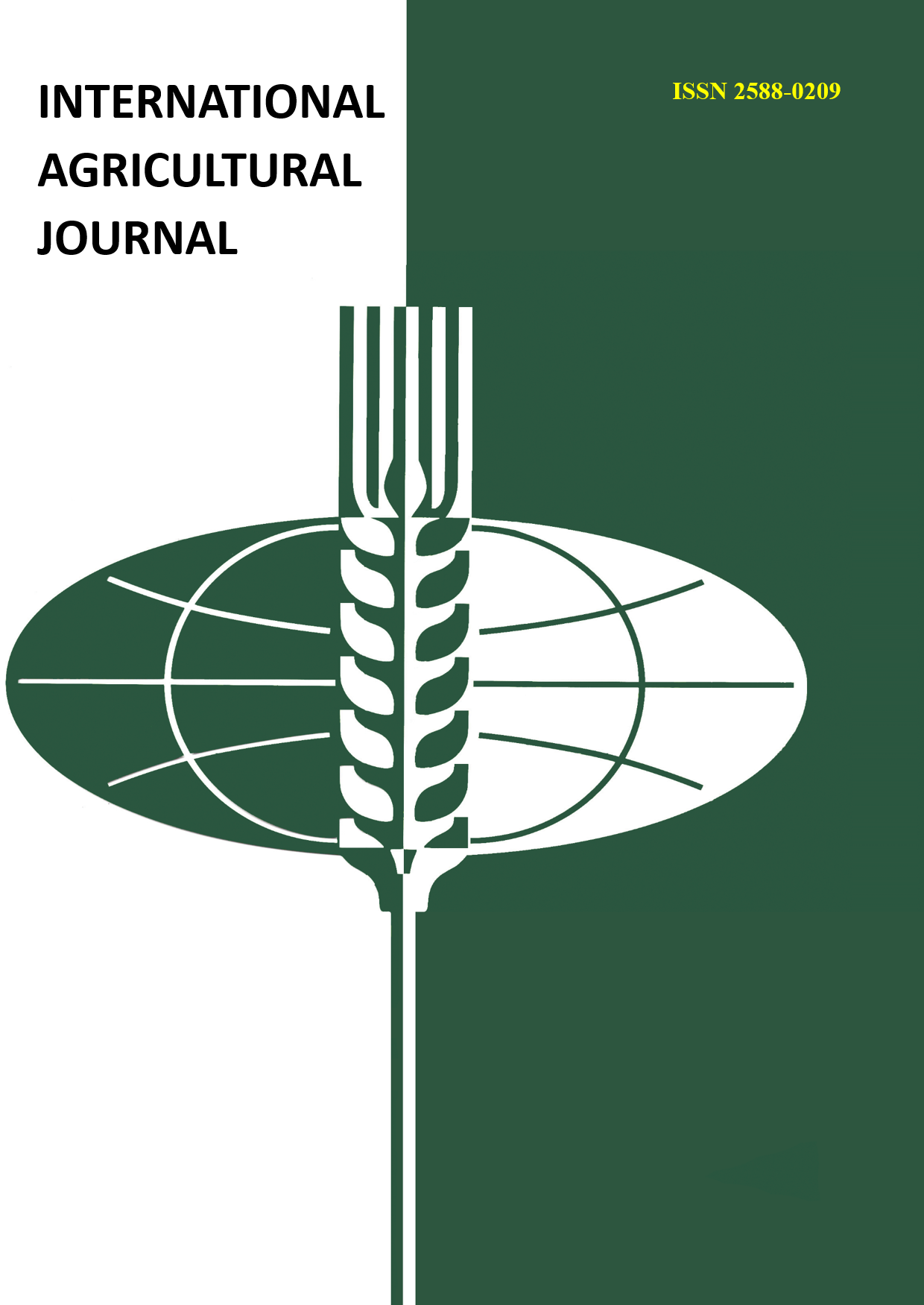The condition of the soil of urbanized areas is a subject of special attention, this can be explained by the influence of industry, construction changes almost all soil properties, from the mechanical composition to the species composition of soil microorganisms. There is a loss of the ability of the soil cover to perform basic ecological functions. As a result of anthropogenic impact, soil microorganisms and biochemical parameters change. Thus, these indicators can be called the most sensitive to soil pollution. Significant volumes of pollutant emissions are characteristic of motor transport. The city of Grozny is characterized by a rather high traffic flow density, therefore, the study of the ecological properties of soils is relevant and essential for the development of applied and factorial ecology. The purpose of the study is to study the possibility of using biological resources to determine the state of the urban environment in Grozny. The study was conducted in the period 2019-2022 on the territory of Grozny. An average soil sample (about 150 cm3), which was taken from a depth of 0-20 cm, the repetition of the experiment 3 times, was placed in a container, where seeds of winter wheat, radish, watercress and oats were subsequently sown. In each variant, the growth and development of test plants were studied. Based on the conducted research, in order to increase the objectivity and accuracy of environmental monitoring, assess the state of urbanized areas, we recommend using herbaceous plants: winter wheat (Tanya variety) and watercress (Dansky variety).
ozimaya pshenica, redis, kress-salat, oves posevnoy, bioindikator, biomonitoring, morfologiya














